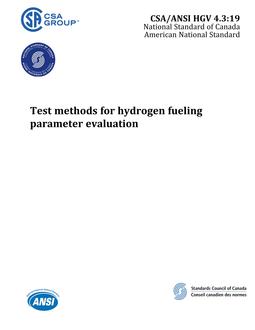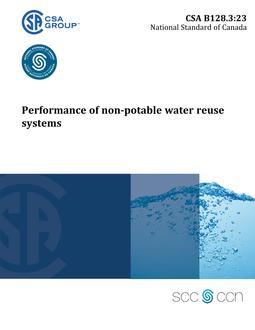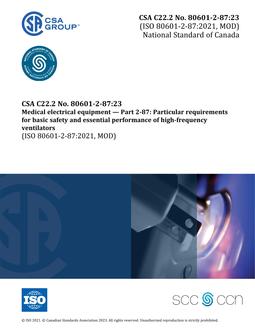
CSA ANSI HGV 4.3:19
Click here to purchase
Scope
1.1 This Standard establishes the test method, criteria, and device to evaluate a hydrogen fueling station dispensing system (hereinafter referred to as a “dispenser”) as it relates to achieving the protocols specified in SAE J2601 and SAE J2799 with light duty vehicle hydrogen storage systems less than 248.6 L (10 kg H70). The testing evaluation applies to dispensers designed to fill vehicle storage systems following the prescribed protocols defined in SAE J2601 that target rapid fills, while respecting temperature, pressure, and fuel density safety limits.
Note: This Standard is a minimum requirement. Manufacturers may take additional safety precautions.
1.2 This Standard was developed for and is intended to be used with the specific version of SAE J2601 and SAE J2799 documents as referenced in Clause 2.
1.3 For fueling dispensers with the capability for communications with the vehicle, these test methods include the approach to confirm the requirements specified in SAE J2799 and SAE J2601.
1.4 It is recommended that newly manufactured hydrogen fueling dispensers be tested according to this Standard prior to initial operation of the dispenser for fueling vehicles. This Standard is also intended to provide test methods for validation of existing hydrogen fueling dispensers.
1.5 Unless otherwise specified, the requirements in this Standard apply to the verification of SAE J2601 compliant hydrogen fueling stations (HFS).
1.6 In the case of conflict between this Standard and federal, provincial, state, or local requirements, the governmental requirements take precedence.
1.7 The values given in SI units are the units of record for the purposes of this Standard. The values given in parentheses are for information and comparison only.
1.8 All references to pressure throughout this Standard are to be considered gauge pressure unless otherwise specified.
1.9 In this Standard, “shall” is used to express a requirement, i.e., a provision that the user shall satisfy in order to comply with the standard; “should” is used to express a recommendation or that which is advised but not required; “may” is used to express an option or that which is permissible within the limits of the standard. Notes accompanying clauses do not include requirements or alternative requirements; the purpose of a note accompanying a clause is to separate from the text explanatory or informative material. Notes to tables and figures are considered part of the table or figure and may be written as requirements. Annexes are designated normative (mandatory) or informative (non-mandatory) to define their application.
Product Details
- Edition:
- 3rd
- Published:
- 07/01/2019
- ISBN(s):
- 9781488325472
- Number of Pages:
- 128
- File Size:
- 1 file , 1.8 MB
- Product Code(s):
- 2426672, 2426672


